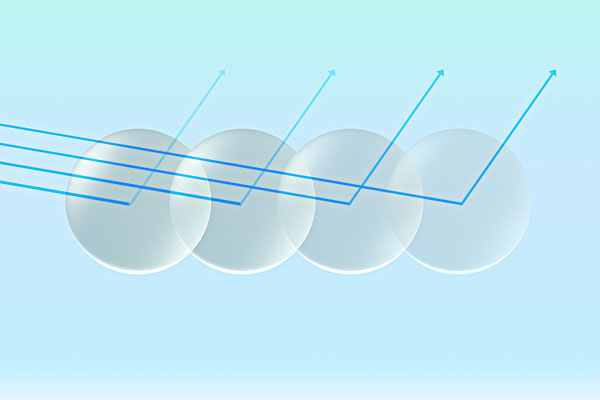UV LED has become another major discovery in medicine?
UV LED has become another major discovery in medicine?
Release date: 2017-09-19Source : RayVio
Today, PR Newswire published studies have shown that, RayVio of 293nm UV LED emitted light can make human skin samples produce large amounts of vitamin D3, Michael F. Holick (MD) LED led his team at Boston University School of Medicine and Boston University Ignition Award With the support of a series of studies, the study found that RayVio UV LEDs produced more than twice as much vitamin D3 in 32.5 minutes in the sun.

Dr. Holick, a professor of medicine, physiology and biophysics at Boston University School of Medicine and an endocrinologist at the Boston Medical Center, said: "We tested UV LEDs from different sources and wavelengths. RayVio's 293nm The greatest potential for vitamin D3 production was shown in the shortest amount of time. This research will bring a new generation of photopharmacology technology that uses LEDs with specific wavelengths to cause specific biological effects in human skin, helping to treat and prevent chronic diseases. â€
Vitamin D deficiency can lead to osteoporosis, rickets and other metabolic bone diseases, which are common in the northern and southern latitudes where long-term sunshine is limited throughout the year. This vitamin D generator is suitable for patients with fat malabsorption syndrome such as inflammatory bowel disease and gastric bypass surgery. Studies have shown that RayVio's UV LEDs can be used to treat patients with vitamin D deficiency.
Ultraviolet LED devices that produce vitamin D3 can be used on areas of the skin that are less exposed to sunlight, such as the thighs, arms, abdomen, and back, thereby minimizing the risk of non-melanoma skin cancer. The device also emits a narrower band of UVB (UVB), which reduces the likelihood of skin damage when exposed to higher wavelengths of UV radiation.
Dr. Robert C. Walker, CEO of RayVio, said: “The potential of digital UV technology in phototherapy is enormous. Dr. Holick's research on our UVB LEDs demonstrates the potential of new applications to improve and save hundreds of thousands of lives. In the United States, 75% of adolescents and adults lack vitamin D. Through the efforts of the research team and the groundbreaking work of the Boston University Photonics Center on UV LEDs , we may soon see innovative treatments (such as wearables). Equipment integration) can help millions of people."
Please reprint the original source: https://
Label: LED
Hdmi Cable,Dp To Hdmi Cable,Cable Mhl,High Speed Hdmi Cable
Dongguan Tuojun Electronic Technology Co., Ltd , https://www.fibercablessupplier.com



